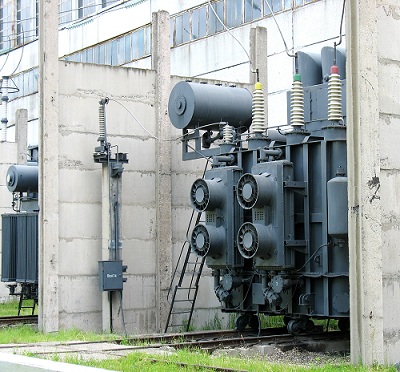Dielectric strength is one of the most important indicators that describes the insulation characteristics of transformer oil. In number, this strength is equal to the relation of breakdown voltage and the distance between the electrodes.
The breakdown voltage is a characteristic that is very sensitive to the impurities and water in dielectric liquids. The dielectric strength may be drastically reduced by water supply or increased amount of foreign particles.
Pure transformer oil is usually free from water and mechanical impurities and its breakdown voltage is greater than 60 KV(kilowatt). But ,in general, the dielectric strength is a changeable characteristic of insulating oil.
Under the impact stress, mechanical impurities almost do not influence the electrical strength. It is known that the dielectric breakdown mechanism is not the same during the impact and constant stress. It is assumed that during the impact stress, the dielectric strength is higher than during the constant one. The risk of breakdown therefore, is small in the case of lightning discharges or switching surges.
If the temperature increases from 0 to 70ºC, the dielectric strength is increased as well. It may be caused by such factors as the moisture disposal or decreased oil viscosity.
Dissolved gases are no less important in case of breakdown. There are bubbles in the electrodes because of low tension of the electric field. The dielectric strength of non-degassed transformer oil falls if the pressure drops.
The breakdown voltage is improved by:
(1) degassing of dielectric liquid;
(2) impact stress; and
(3) high pressure (10 mPa (millipascal)).
The breakdown voltage depends on water concentration in the emulsion. Temperature falls or relative humidity of the air may cause the reduction of the dielectric strength or emergence of some water. Such phenomena may be also caused by the ingress of water into the oil blending process. This water is absorbed on the surface of a container.
The amount of water that enters the oil blending process may be reduced by substituting a glass container for a plastic one. In such a way the dielectric strength is increased.
It should be noted that there is no widely accepted theory of the dielectric liquid breakdown despite years of experience in this sphere. Still, there are three leading theories:
(1) The thermal theory states that a gas channel is formed by the boiling of dielectric liquids in points of high inhomogeneity of the electric field;
(2) The gas theory considers that a source of breakdown is the bubbles of gas dissolved in oil or adsorbed onto the electrodes; and
According to the (3) chemical theory, the breakdown is caused by chemical reactions passed in dielectrics under the influence of electric charge in gas bubbles.
But, there is one important point that unifies all three theories: the dielectric breakdown takes place at a steam channel realized by oil evaporation.
In order to avoid the breakdown of liquid dielectrics, it is recommended to use the equipment that is designed for drying, purifying, degassing and regeneration of oil products.

